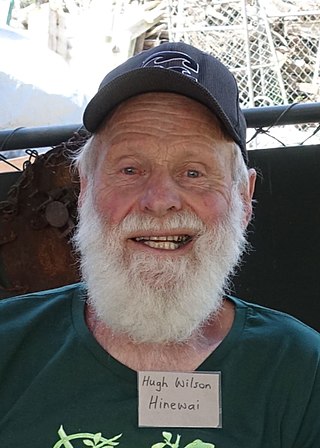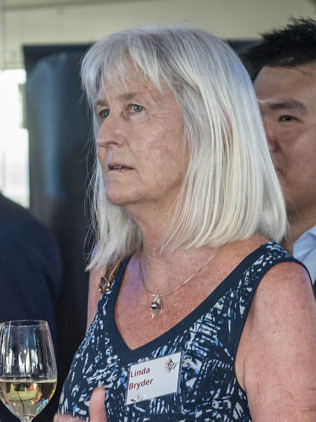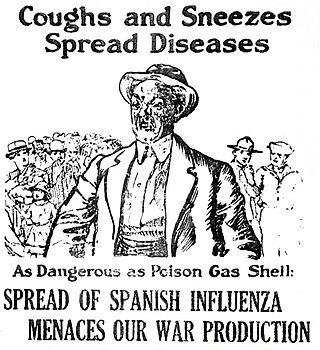
A pandemic is an epidemic of an infectious disease that has spread across a large region, for instance multiple continents or worldwide, affecting a substantial number of individuals. Widespread endemic diseases with a stable number of infected individuals such as recurrences of seasonal influenza are generally excluded as they occur simultaneously in large regions of the globe rather than being spread worldwide.

The 1918–1920 flu pandemic, also known as the Great Influenza epidemic or by the common misnomer Spanish flu, was an exceptionally deadly global influenza pandemic caused by the H1N1 influenza A virus. The earliest documented case was March 1918 in the state of Kansas in the United States, with further cases recorded in France, Germany and the United Kingdom in April. Two years later, nearly a third of the global population, or an estimated 500 million people, had been infected in four successive waves. Estimates of deaths range from 17 million to 50 million, and possibly as high as 100 million, making it one of the deadliest pandemics in history.

In virology, influenza A virus subtype H1N1 (A/H1N1) is a subtype of influenza A virus. Major outbreaks of H1N1 strains in humans include the 1918 Spanish flu pandemic, the 1977 Russian flu pandemic and the 2009 swine flu pandemic. It is an orthomyxovirus that contains the glycoproteins hemagglutinin (H) and neuraminidase (N), antigens whose subtypes are used to classify the strains of the virus as H1N1, H1N2 etc. Hemagglutinin causes red blood cells to clump together and binds the virus to the infected cell. Neuraminidase is a type of glycoside hydrolase enzyme which helps to move the virus particles through the infected cell and assist in budding from the host cells.

An influenza pandemic is an epidemic of an influenza virus that spreads across a large region and infects a large proportion of the population. There have been six major influenza epidemics in the last 140 years, with the 1918 flu pandemic being the most severe; this is estimated to have been responsible for the deaths of 50–100 million people. The 2009 swine flu pandemic resulted in under 300,000 deaths and is considered relatively mild. These pandemics occur irregularly.

Influenza A virus subtype H2N2 (A/H2N2) is a subtype of Influenza A virus. H2N2 has mutated into various strains including the "Asian flu" strain, H3N2, and various strains found in birds. It is also suspected of causing a human pandemic in 1889. The geographic spreading of the 1889 Russian flu has been studied and published.
The following lists events that happened during 1918 in New Zealand.

Sir Robert Heaton Rhodes, usually known as Sir Heaton Rhodes, was a New Zealand politician and lawyer.

Hugh Dale Wilson is a New Zealand botanist. He has written and illustrated a number of books about New Zealand plants, and manages Hinewai Reserve on Banks Peninsula.

SS Talune was built in 1890 and scuttled in 1925. She was a passenger and freight steamship employed in the Tasman Sea and South Seas trades in the last decade of the 19th century and the first two decades of the 20th century. It was a typical ship of its time and type in every way. It would be unknown except that it was the ship that brought the deadly 1918 Spanish flu pandemic from New Zealand to Samoa and other Pacific islands.

The 2009 swine flu pandemic in New Zealand was caused by a novel strain of the A/H1N1 influenza virus. A total of 3,175 cases and 69 deaths were recorded, although a seroprevalence study estimated that around 800,000 individuals may have been infected during the initial wave of the pandemic.
Robert Haldane Makgill, CBE was a New Zealand surgeon, pathologist, military leader and public health administrator.

The 1889–1890 pandemic, often referred to as the "Asiatic flu" or "Russian flu", was a worldwide respiratory viral pandemic. It was the last great pandemic of the 19th century, and is among the deadliest pandemics in history. The pandemic killed about 1 million people out of a world population of about 1.5 billion. The most reported effects of the pandemic took place from October 1889 to December 1890, with recurrences in March to June 1891, November 1891 to June 1892, the northern winter of 1893–1894, and early 1895.

The Crowne Plaza Christchurch, formerly known as the Forsyth Barr Building, is located on the south-east corner of the Armagh and Colombo Streets intersection in Christchurch, New Zealand. Originally owned by Bob Jones and branded Robert Jones House by him, it was commonly referred to as Bob Jones Tower, but some called it Bob's Folly. In the 2011 Christchurch earthquake, its staircases collapsed, trapping the occupants. The building reopened in July 2017 as the city's Crowne Plaza hotel.

Linda Bryder is a New Zealand medical history academic. In 2008 she was appointed professor at the University of Auckland.

Tūranga is the largest public library located in Central Christchurch, New Zealand. It opened on 12 October 2018 and replaced the nearby Christchurch Central Library that was closed on the day of the 2011 Christchurch earthquake.

"Coughs and sneezes spread diseases" was a slogan first used in the United States during the 1918–20 influenza pandemic – later used in the Second World War by Ministries of Health in Commonwealth countries – to encourage good public hygiene to halt the spread of the common cold, influenza and other respiratory illnesses.

The 1957–1958 Asian flu pandemic was a global pandemic of influenza A virus subtype H2N2 that originated in Guizhou in Southern China. The number of excess deaths caused by the pandemic is estimated to be 1–4 million around the world, making it one of the deadliest pandemics in history. A decade later, a reassorted viral strain H3N2 further caused the Hong Kong flu pandemic (1968–1969).

The Anti-Mask League was an organization formed in San Francisco, California to protest an ordinance which required people in that city to wear masks during the 1918 influenza pandemic. The ordinance it protested lasted less than one month before being repealed. Due to the short period of the league's existence, its exact membership is difficult to determine; however, an estimated 4,000–5,000 citizens showed up to a meeting to protest the second ordinance in January 1919.
Loring Vinton Miner (1860–1935) was an American physician who is most notable for being the first in the world to identify and describe the Spanish flu.














